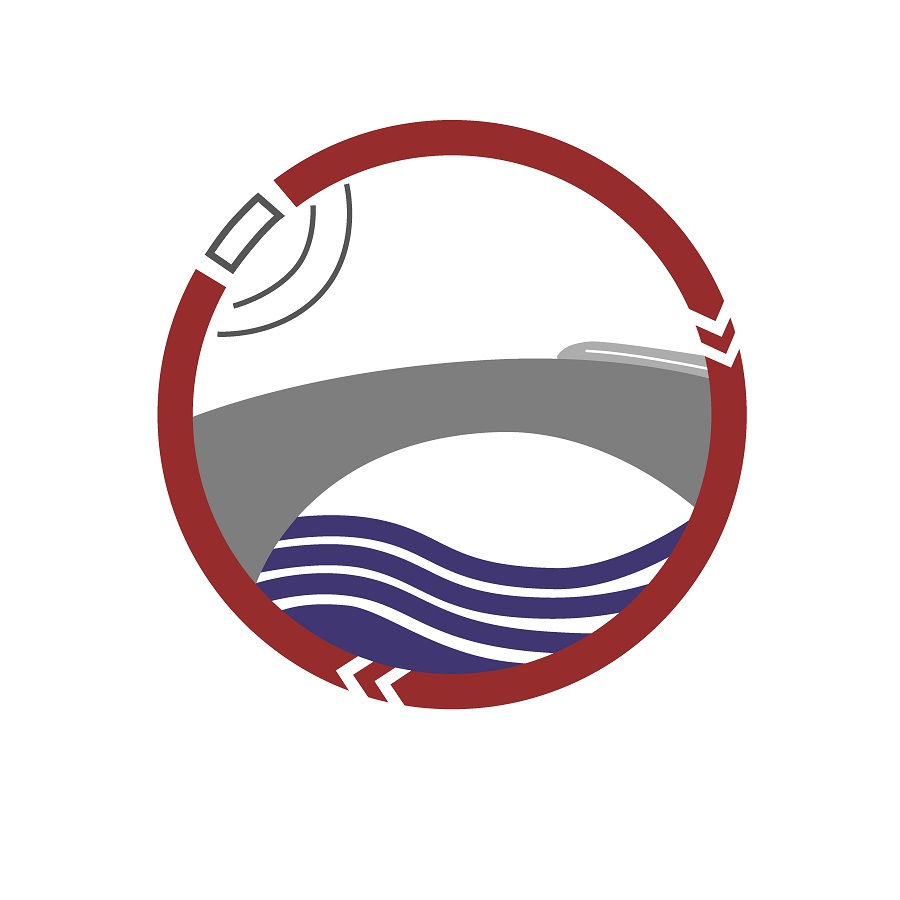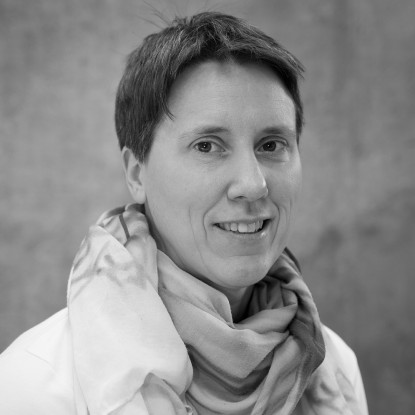| Acronym | AVLEE |
| Project name | Weitergehende Entfernung von Spurenstoffen, Mikroplastik und antibiotikarestente Keime auf der Kläranlage des Abwasserverbandes Langen/ Egelsbach/ Erzhausen unter Berücksichtigung einer weitergehende P-Elimination im Rahmen einer großtechnischen Versuchsanlage |
| Coordinator | TU Darmstadt, Institute IWAR, Prof. Dr. S. Lackner |
| Project partner |
|
| Duration | October 2015 – July 2018 |
| Grantor | Abwasserverband Langen, Egelsbach, Erzhausen |
| Project content |
The continuous development and improvement of chemical analytical methods let to a tremendous approach in the past years. Now, it is possible to detect organic pollutants in microgram and nanogram range. Currently, the human-toxicological risk of organic pollutants entering the water cycle via human excrements is not conclusively clarified. Primarily, they pose a problem for aquatic ecosystems as well as for biodiversity. With regard to health protection it is necessary to act according to the preventive principle. Although the human-toxicological risk of organic pollutants is not verifiable. For further removal of organic pollutants out of treated sewage, experiments in pilot plant scale were implemented by the Abwasserverband Langen, Egelsbach, Erzhausen. The experiments were executed over a period from June 2011 until August 2012. In the midst of the year 2016 the symbolic groundbreaking for a pilot project took place. Since the beginning of 2017 essential research on an area of 220 square meters is comrises out to preserve the drinking water quality in the Hessian Ried. The project target the removal of organic pollutants on large-scale, taking into account further relevant factors such as antibiotic resistant germs, microplastic and phosphorus. In a first step the discharge from the sewage plant gets pre-treated by using precipitation and flocculation. For further separation of particular substances especially particular phosphorus, pile fabric filters as well as membrane systems are used. The filtration processes are parallel operated. This is followed by a series of active carbon filters to eliminate organic pollutants. In addition to the large-scale test facilities, seven activated carbon filter columns in a pilot plant scale are installed. They are utilized to test different types of active carbon (Hydraffin AR and Hydraffin CC produced by DonauCarbon) under realistic conditions. Besides the achievable degrees of elimination of the parameters, resource consumption, operational characteristics and operating behavior of the process combination will be identified. |
|
Projecthomepage |
|
Department of Civil and Environmental Engineering

Research project AVLEE
Research project AVLEE



